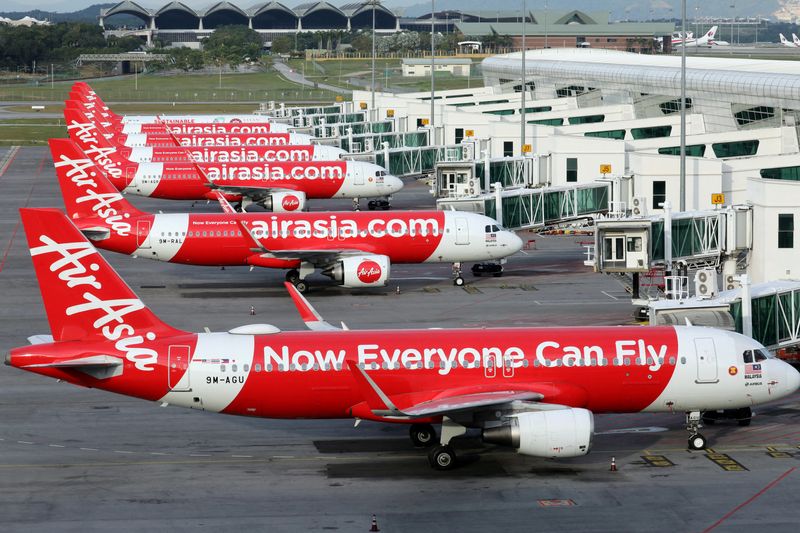
FILE PHOTO: U.S. dollar and Euro bank notes are photographed in Frankfurt, Germany, in this illustration picture taken May 7, 2017. May 7, 2017. REUTERS/Kai Pfaffenbach/Illustration
March 7, 2022
By Tom Westbrook
SINGAPORE (Reuters) – The euro tumbled to a fresh 22-month low on the dollar while commodity currencies were swept to multi-month peaks as war in Ukraine sent oil prices spiking and stoked fears of a stagflationary shock that could hammer Europe.
The euro fell as much as 1% to $1.0822 in Asia trade, its lowest since May 2020. It is down more than 4% since Russia began what it calls a “special military operation” in Ukraine and is not far from testing its 2020 trough of $1.0636.
It also fell below one Swiss franc for the first time since the Swiss quit their euro peg in 2015, hitting 0.9970.
Oil futures, which surged more than 20% last week, leapt to highs not seen since 2008 as the United States and Europe mulled bans on Russian imports. Wheat hit a 14-year high. [MKTS/GLOB]
The Australian and New Zealand dollars each rose 0.9% to four-month peaks. [AUD/]
“The euro is being picked on,” said Sean Callow at Westpac in Sydney. “(The war) is on Europe’s doorstep,” he said.
“The criss-cross of pipelines from Russia through Ukraine is just indicative of how enmeshed and dependent much of Europe has become on Russian energy and that’s not something you can turn around quickly. A much gloomier European growth outlook is being priced in.”
The euro fell on Monday to a 15-month low of 124.39 yen and touched its lowest since mid-2016 on the pound at 82.01 pence. Against the Aussie, the euro has lost more than 10% over about a month. Euro/dollar volatility gauges are at their highest since March 2020.
Fighting in Ukraine intensified over the weekend and attempts at a ceasefire to allow civilians to evacuate from the besieged city of Mariupol seem to have so far failed.
SUPPLY SHOCK
The conflict and harsh western sanctions on Russia have sent Russian assets tumbling and prices of Russian exports such as precious metals, oil and gas soaring at a time when the global economy was already grappling with inflationary pressures.
“This is very bad news for global growth – particularly Europe, given their dependence on gas from Russia,” ANZ analysts said in a note.
“All up, it’s another big, ugly supply shock on top of lingering COVID impacts, with serious inflationary consequences that give central banks absolutely no room to ‘give growth a chance’.”
Sterling has also been weighted by gloom over Europe’s outlook and fell to a two-month low of $1.3187. The South Korean won was pummelled to a 21-month trough and traders said South Korea’s foreign exchange authority was buying to try and limit the decline.
Over the weekend China announced a slower economic growth target of around 5.5% this year. Last year China’s GDP grew 8.1%, beating the government’s target of more than 6%. The yuan edged lower to 6.3230 per dollar on Monday. [CNY/]
Among gainers, the Australian dollar cracked January’s peak to scale a four-month high of $0.7440. The New Zealand dollar also cleared a January top to reach $0.6926, with $0.6976 the next target. [AUD/]
The U.S. dollar rose against the swiss franc and the yen, last up about 0.5% on the franc at 0.9207 and about 0.2% higher on the yen at 114.93.
The U.S. dollar index hit a 22-month top of 99.220. Last week data showed U.S. unemployment falling to a two-year low of just 3.8%, though inflation data this week is expected to show annual growth at a stratospheric 7.9%.
The European Central Bank, which meets on Thursday, faces a complicated picture as inflation and growth pressures bear down and economists reckon it will wait until late in the year to move rates higher.
(Reporting by Tom Westbrook; Editing by Lincoln Feast and Edwina Gibbs)

